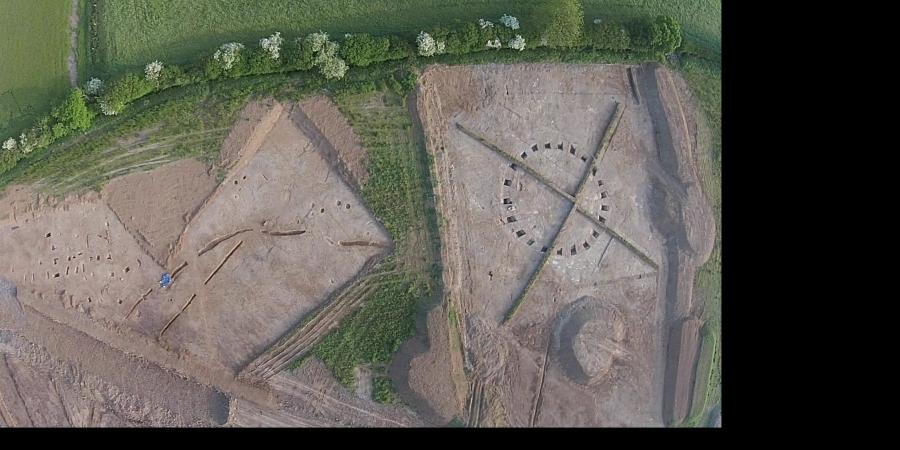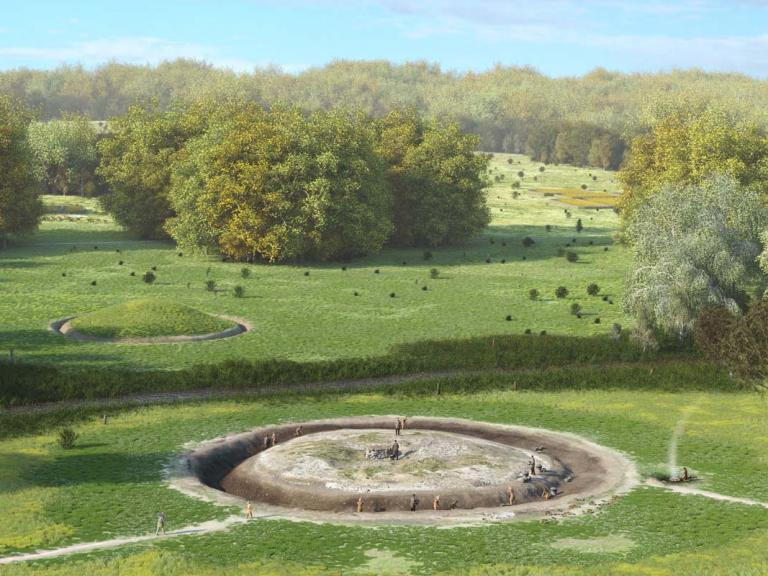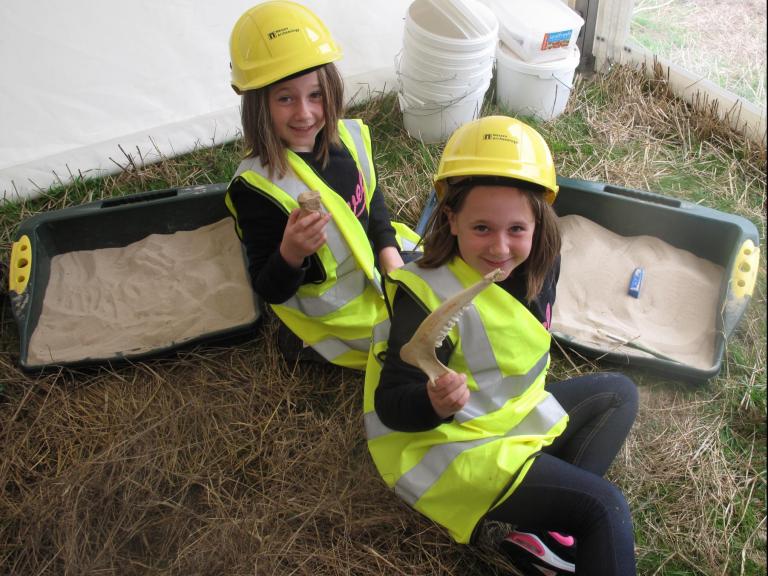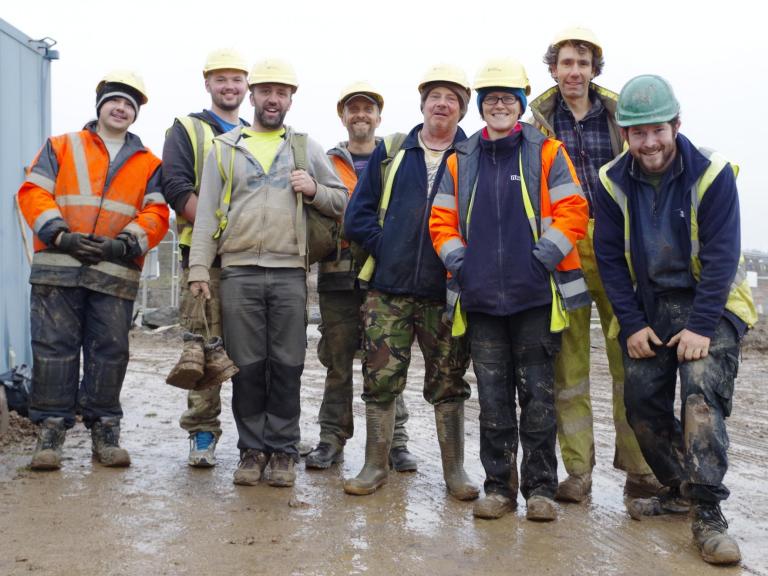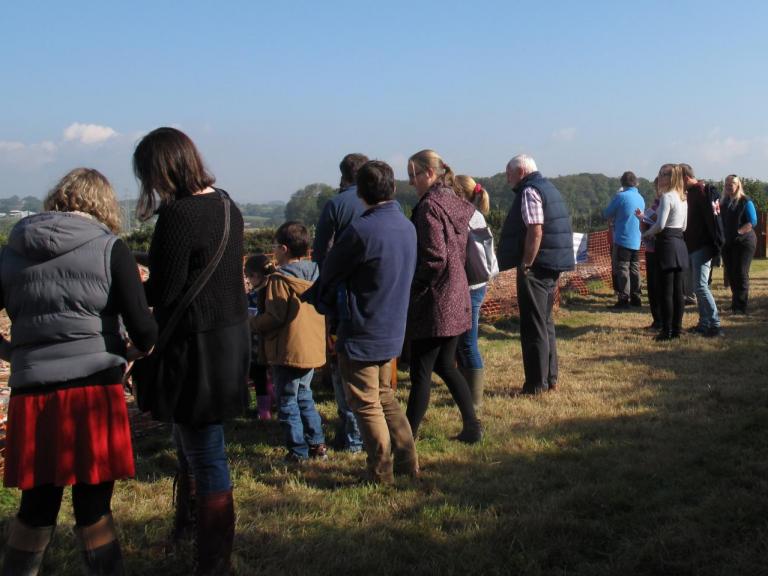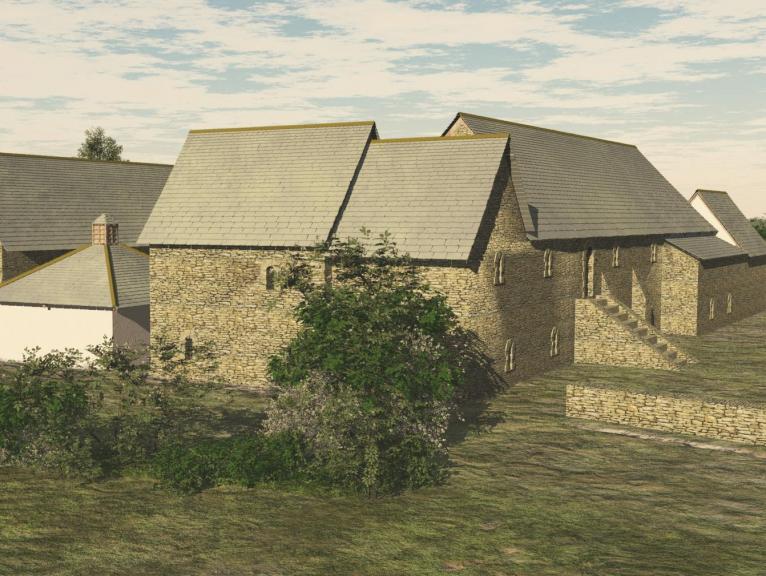Sherford is a new town being developed to the east of Plymouth, Devon, transforming over 1200 acres of farmland and rolling countryside. The project is providing a unique opportunity to mitigate the archaeological potential of South Devon.
The Challenge
Wessex Archaeology have been appointed as the principal archaeological contractors during the construction of a new housing development consisting of 5500 new homes, three primary schools and a secondary school. The development is the responsibility of the Sherford Consortium, a group of house builders including Bovis Homes, Linden Homes and Taylor Wimpey.
The site is located between the towns of Elburton and Plympton, close to Plymouth. The development is bounded to the north by the A38 dual carriageway. The site lies within an area of rich archaeological potential.

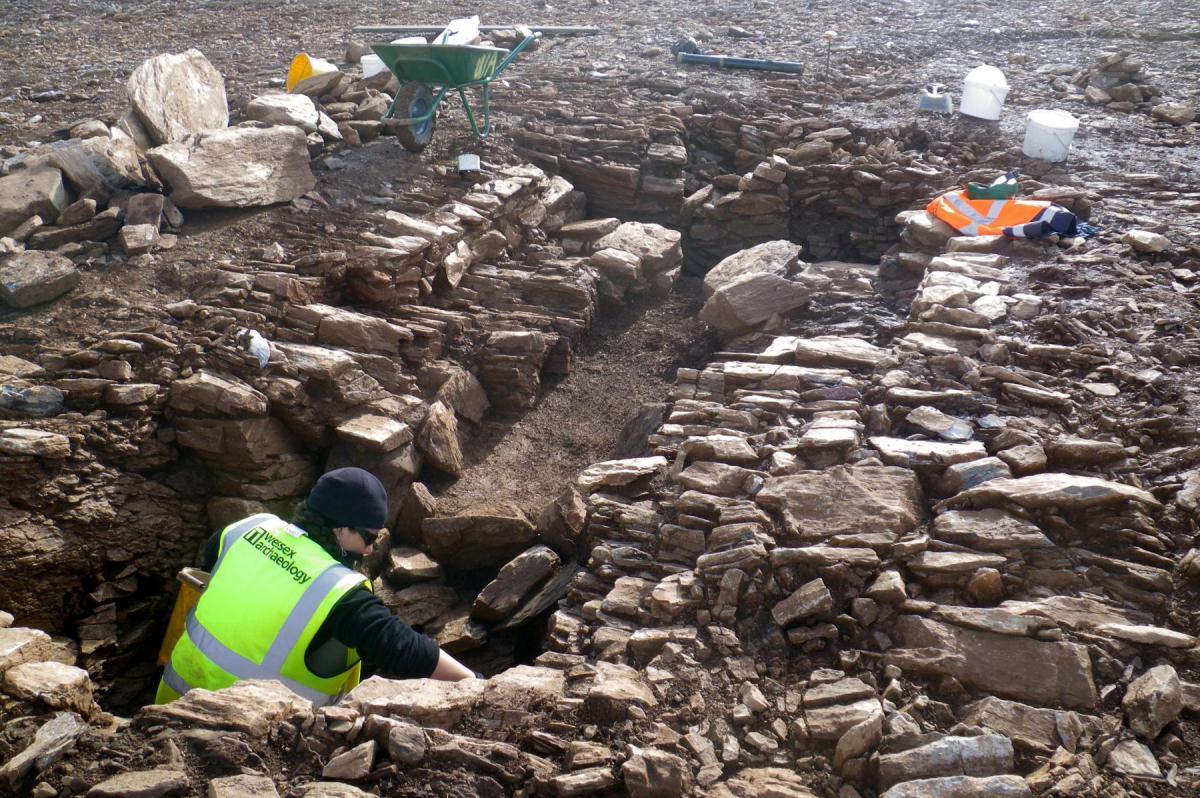
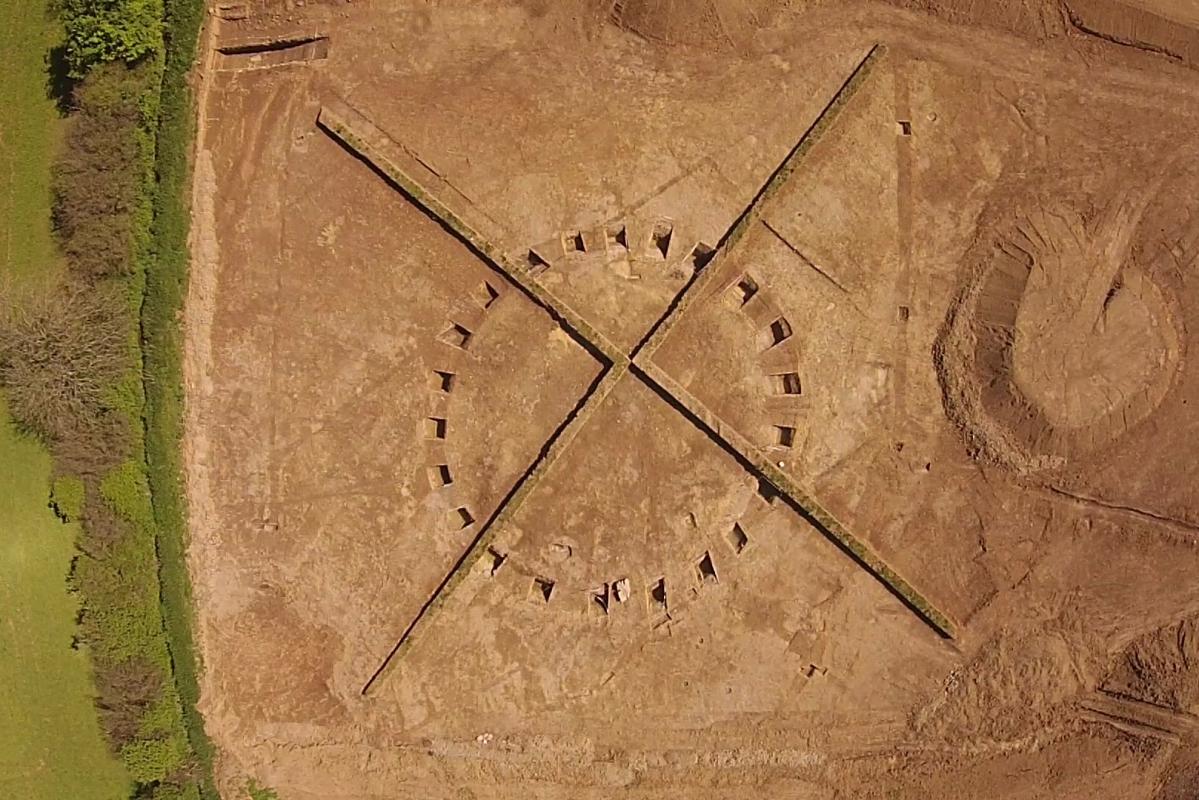
Our Approach
An early geophysical survey of the entire site identified a number of areas of archaeological interest. Due to the density of the archaeological features it was recommended that a number of archaeological techniques, including trial trench evaluation, archaeological watching brief and excavation should be undertaken as part of a wider scheme of archaeological mitigation. The targeting of these areas has led to a number of significant discoveries being made, helping us to understand how people lived and used the landscape in this area in the past. The discoveries made on the site have also been showcased through open days, school visits and community talks.
As the development of the site progresses over the coming months and years, we will continue to focus on the rich archaeological resources buried on this site, and all of the areas that are to be developed will be subject to the appropriate degree of archaeological investigation.
The County Historic Environment Team has been impressed with Wessex Archaeology’s professionalism, quality of fieldwork and public engagement, regular liaison with the Historic Environment Team and commitment to the project.
By gathering this information, we will seek to create a picture of how this landscape has changed over the last 4000 years, how it has been occupied, utilised and modified by the communities who have inhabited it. We can tell a lot about these past societies by the features we are excavating – the houses, ovens, ditches and graves – and by the finds we recover – their pottery, tools, weapons, clothing and personal adornments, even their skeletal remains. From the many samples of soil, we are taking we will learn about their economy, agriculture, and their craft and industrial activities.
Eventually, all of our findings will be brought together and published in books and so made accessible to all. We will continue to work closely with The Sherford Consortium, Devon County Council and consultants AECOM to ensure that the archaeological remains on the site are dealt with highly professional manner, to help everyone understand of the ancient roots and long history of this new community.
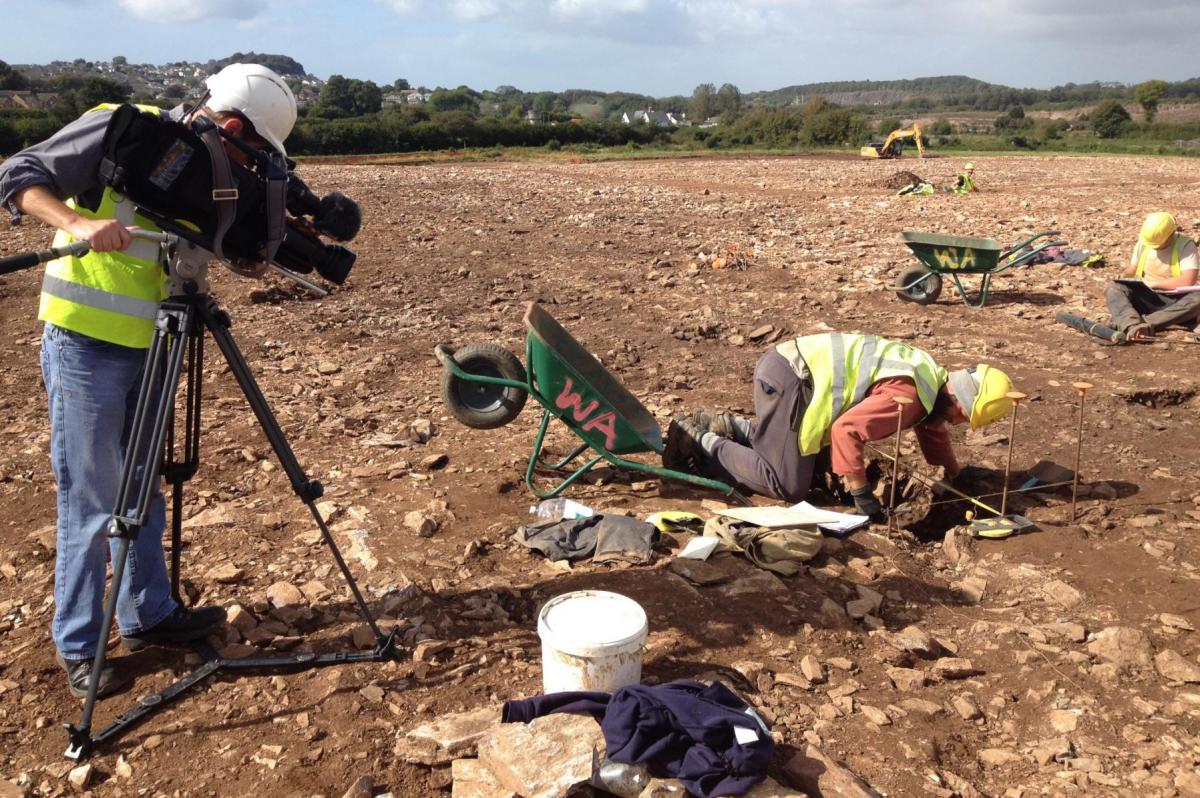
Our Results
Our investigations at Sherford have so far demonstrated human occupation spanning some 4000 years. Significant discoveries have included Neolithic pits, Bronze Age roundhouses and Treviskar Ware pottery, a Middle Bronze Age style common in the south-west of England.
Our most significant finds so far represent monumental and funerary activity during the Early and Middle Bronze Age periods. In 2016 we had the rare opportunity to excavate two extant Early Bronze Age round barrows – mounds of earth and/or stone raised over a central burial. Although round barrows were built in every part of the country many have been destroyed, mainly by ploughing. However, the mound of these round barrows still partly survived, meaning that their excavation represented the first of their kind for several years in this part of lowland Devon.
The two barrows were located within the bottom of a shallow valley and were around 50 m apart. Both barrows were excavated by hand in opposing quadrants. This technique allowed us to look at how the mounds had been built up using different materials, some of them dug out of the surrounding circular ditch. Under the centre of both barrows we found the remains of burials. To have been commemorated in such a spectacular way we can assume that whoever was buried in this way was a person of some importance within their communities.
Discoveries from 2015 also included three roundhouses likely to have been occupied during the Late Iron Age to early Romano-British period (100 BC to AD 400). The timber houses, which would have been between 12 and 14 metres in diameter, had long since decayed, but they were identifiable by the remains of their drip gullies. These were small ditches cut around the outside of the houses to catch rainwater dripping off their conical thatched roofs and stop it from seeping inside. A decorated comb made from animal bone was found within one of the drip gullies, and was probably used for weaving on a loom.
Several of our excavations have revealed other evidence for Romano-British activity, spanning all four centuries of the Roman occupation (AD 43 to AD 410). Although it is thought that direct Roman rule did not spread much further west than Exeter, our findings show that the influence of Roman Britain was strongly felt on this site. This suggests that the inhabitants at Sherford had become partly integrated into the economy and way of life of the Roman Empire – despite being at its far western edge.
2 Bronze Age barrows excavated
485 hectares to be investigated
5,500 new homes will be built
In 2016 we excavated part of a Romano-British settlement, of a size that could have supported a small group of people farming the surrounding landscape. Features excavated so far include a roundhouse, postholes and ovens, while the artefacts, such as a rotary quern stone (used to grind grain into flour) and a very rare spoon mould (used in metalworking), suggest that this was a thriving community.
Near the settlement, we also found the remains of Romano-British burials. Although very little bone survived, items such as coffin nails and hobnails were found in the graves. In one case a complete shoe was identified in the form of over 40 hobnails.
Once all of the evidence is analysed, we hope to be able to say much more about the people who lived here, farming and trading across the western boundary of the Roman Empire. Maybe our excavations will even lead to a redrawing of that boundary.
To find out more about this site and how our open day went follow this link.
